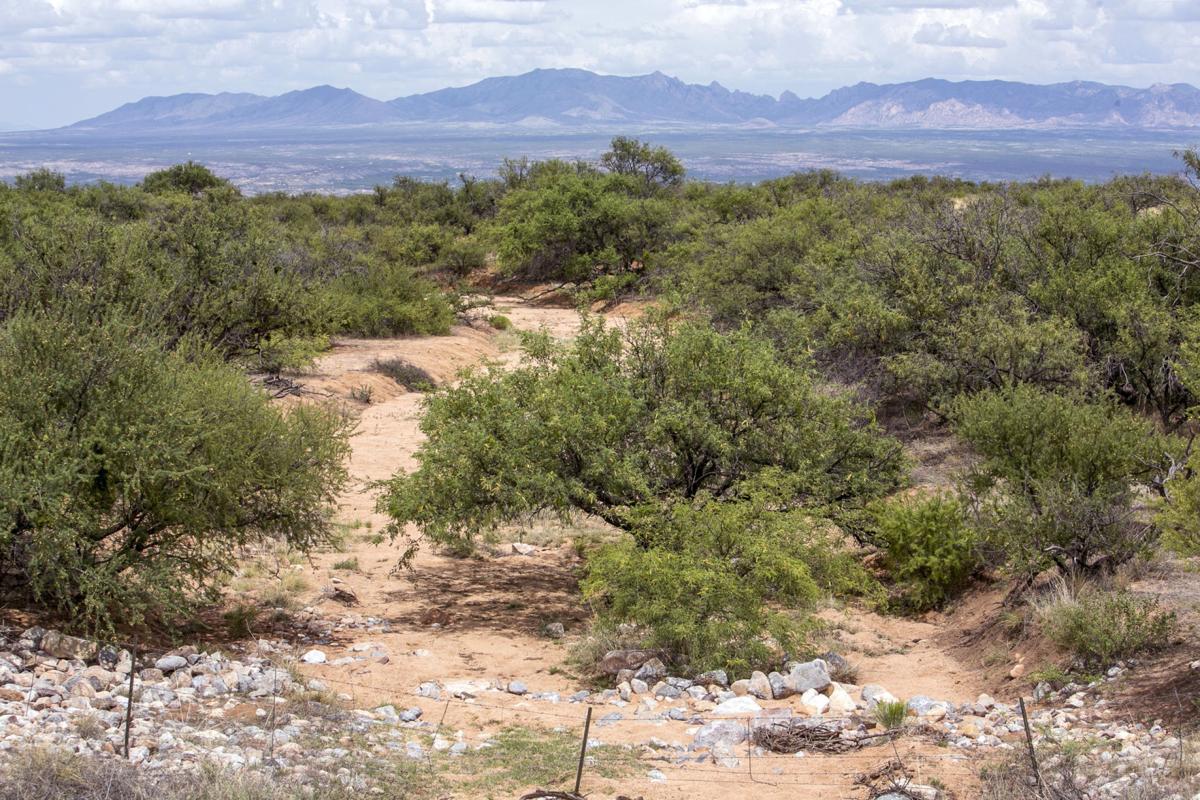The U.S. Army Corps of Engineers is seeking public feedback to help determine whether to revoke, modify or reinstate a permit necessary for a controversial development planned in Benson to move forward.
Any member of the public, from laypeople to environmental experts, can share their thoughts on the project, called Villages at Vigneto, a master-planned community that would bring 28,000 homes to the small city southeast of Tucson.
Comments can be submitted via the postal service or by emailing Kathleen.A.Tucker@usace.army.mil. Feedback must be received by Dec. 4.
The Army Corps suspended Vigneto’s Clean Water Act permit in July 2016, in a win for environmentalists who had argued that the decade-old permit was no longer relevant to the scope of the Vigneto project, which they say threatens endangered species and critical habitats in the San Pedro River Valley.
The Army Corps will use public comments to gauge public interest in the project, as well as to decide if there is a need for a public hearing on the issue. Comments can weigh in on the project’s impact to endangered species, historic properties, water quality, environmental effects and other public-interest factors, the Army Corps said.
Mike Reinbold, spokesman for Phoenix-based developer El Dorado Holdings Inc., said he hopes to have all outstanding permitting issues resolved before the end of this year and to break ground by the start of 2018. The developer says the project will bring ”unprecedented economic activity” to Benson.
The Clean Water Act permit was originally approved for a smaller, canceled project called Whetstone Ranch. In 2014, Whetstone’s developers transferred their permit to Vigneto’s developer. While Vigneto’s footprint is about 50 percent bigger than the originally permitted 8,200-acre Whetstone proposal, the new developer had argued Vigneto’s additional acreage could be permitted separately.
Environmentalists maintain Vigneto’s larger footprint, and the discovery of two newly listed threatened species since the permit was issued, mean the original permit is no longer valid. They also argue federal agencies must assess Vigneto’s potential to lower the underground water table in the fragile riparian area, which the developer has argued isn’t necessary.
Last year, six environmental groups filed a lawsuit against the Corps related to the project, asserting that Section 7 of the Endangered Species Act requires federal agencies to consult with the U.S. Fish and Wildlife Service before issuing a permit for a private construction project that may affect an endangered species.
In May, the Army Corps initiated formal consultation with the service, said spokesman Dave Palmer in an email. But the scope of consultation remains to be seen.
The wildlife service aligned itself with some of the environmentalists’ concerns in December 2016 when it told the Army Corps that it would not move forward in consultation unless the impact of the entire 12,300-acre development was assessed. The Army Corps had wanted to first consult only about the impacts of a 144-acre mitigation parcel, which the developers will use to offset Vigneto’s environmental impacts through planting of native species, erosion control and other measures.





